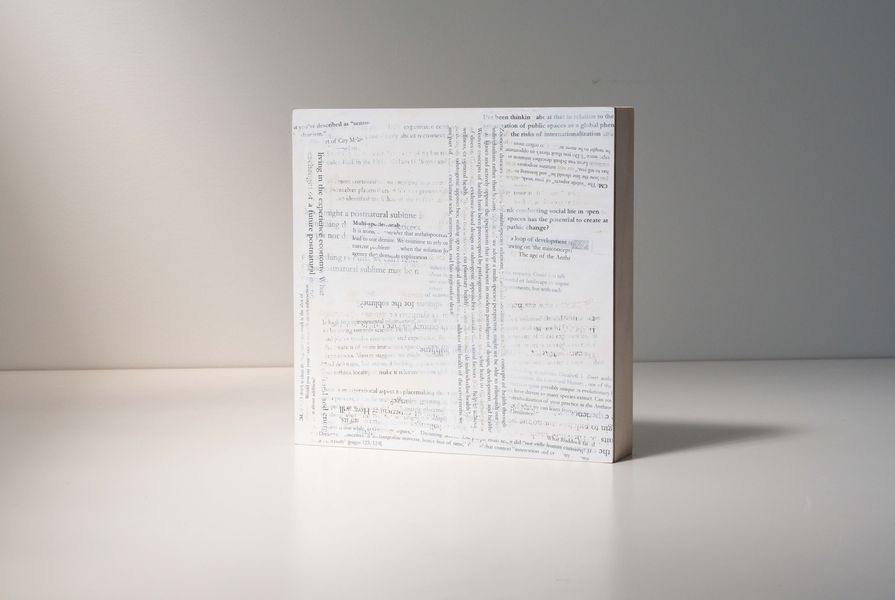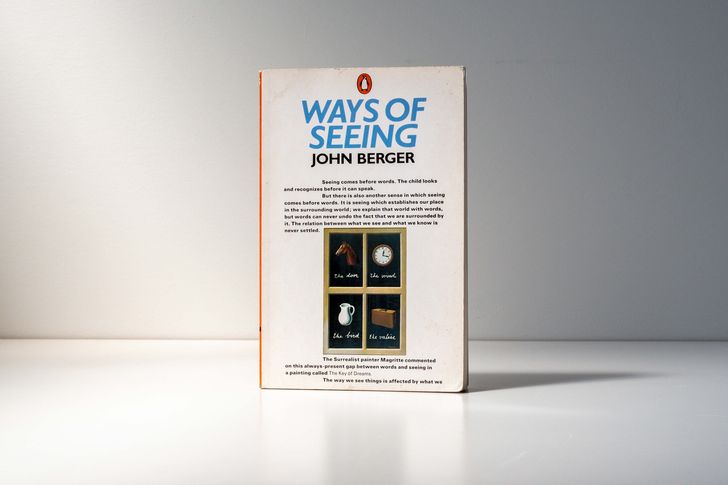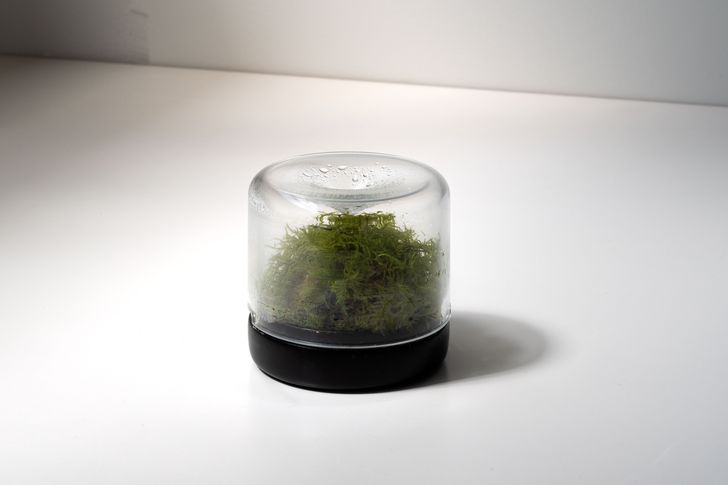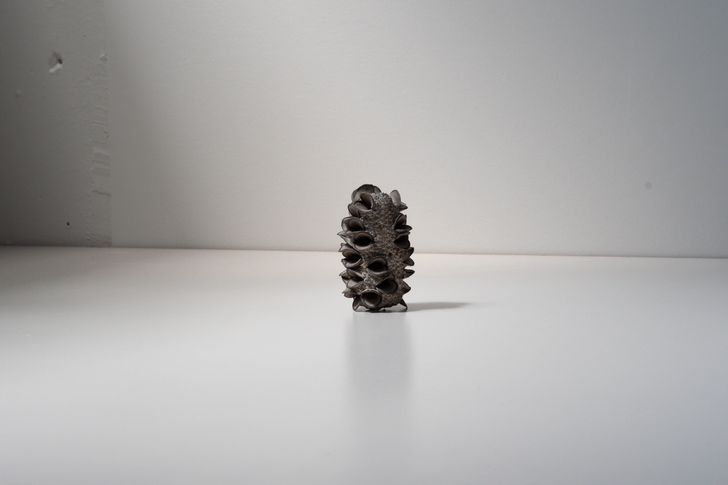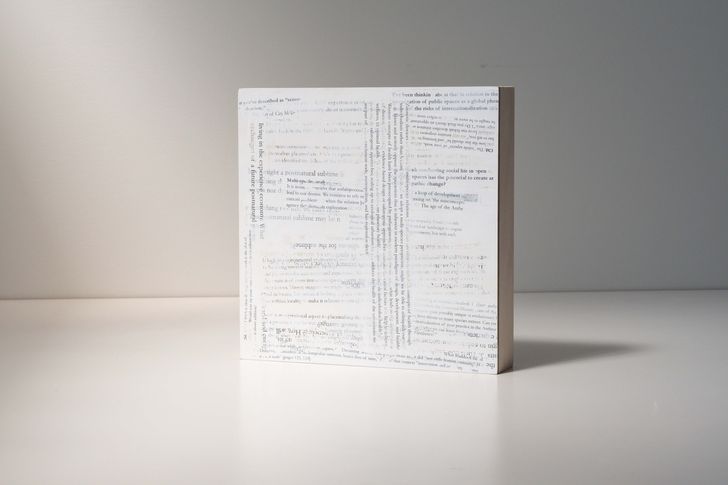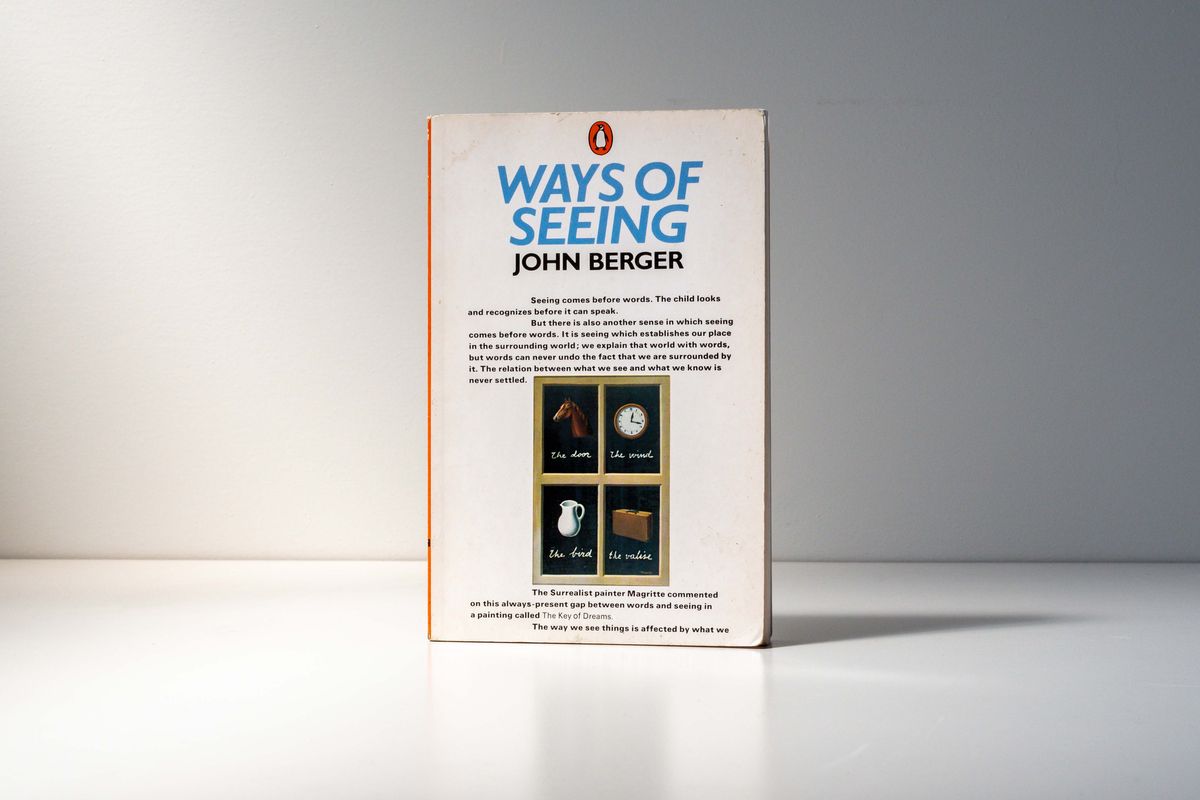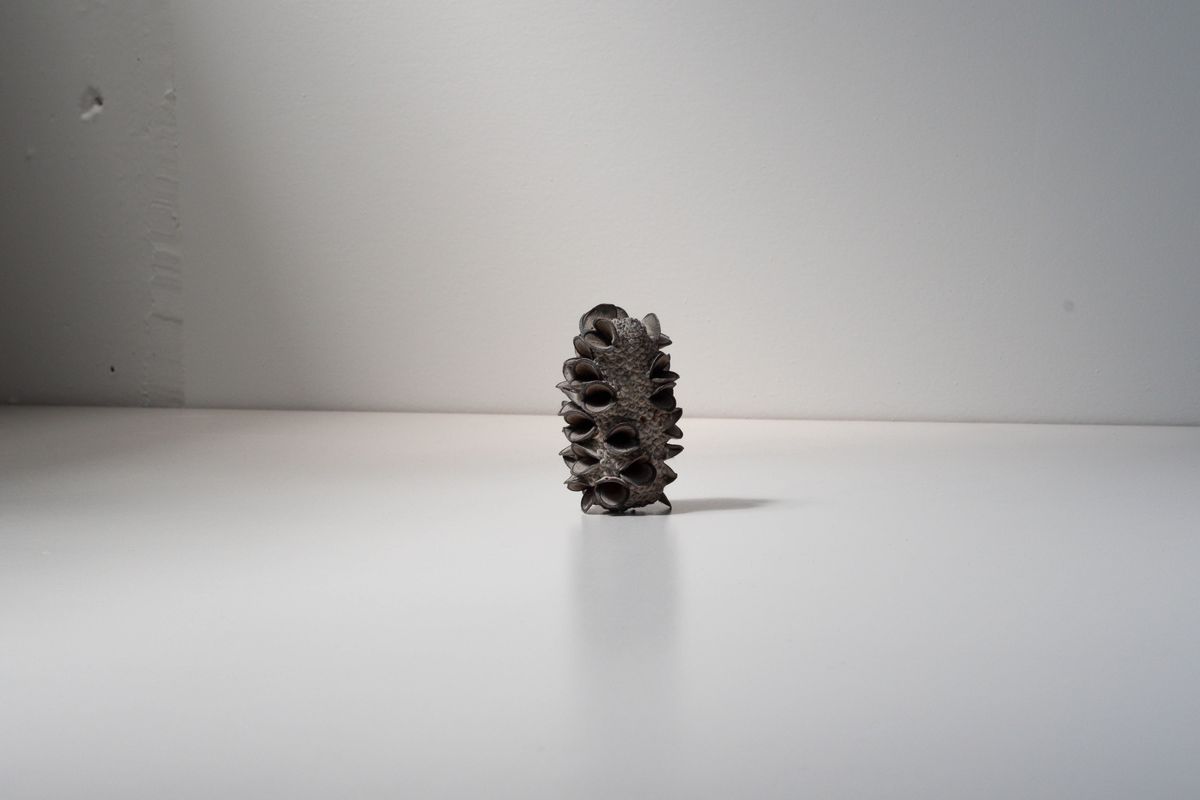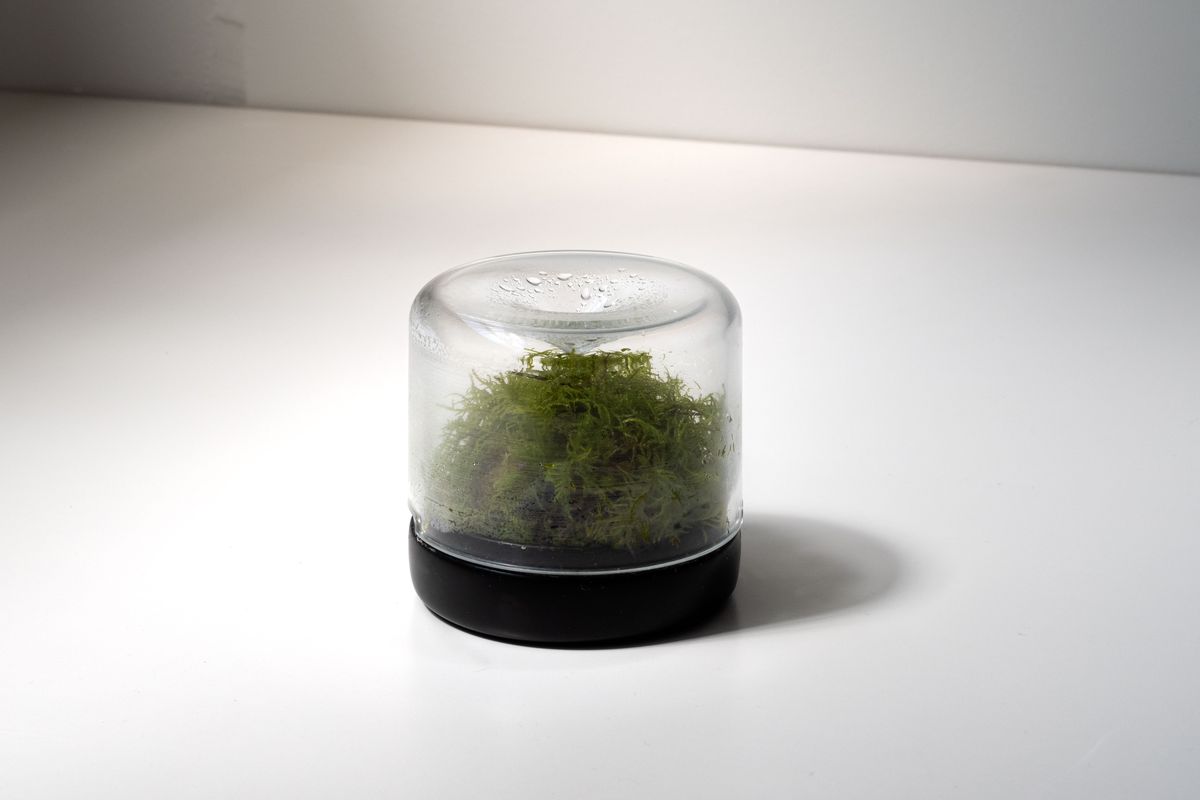Claire Martin is a landscape architect, and design advocate. She is a registered landscape architect and Associate Director of Oculus’s Melbourne studio where she has led the delivery of a range of education, health, cultural and infrastructural projects. She is a Fellow and President of the Australian Institute of Landscape Architects and the Asia-Pacific Region Chair of the International Federation of Landscape Architects’ Climate Change Working Group. Martin is a longstanding contributing editor of Landscape Architecture Australia magazine and a member of the Office of the Victorian Government Architect’s Victorian Design Review Panel. She is also a member of the Landscape Architecture Industry Advisory Committee at RMIT University where she has taught and is an invited critic.
Ways of Seeing by John Berger
It hard to get past the weight, texture, scent, marginalia, and cover art of a book; and on reflection it’s hard to get past Ways of Seeing by John Berger as the one book that could embody an object’s influence. Based on a BBC television series, Ways of Seeing was first published in 1972. I read this seminal Marxist cultural analysis in the formative Thatcher years of the 1980s. It encouraged me think more critically, to challenge my assumptions about art, history, politics and the relational act of looking, and to see what capitalism was seeking to hide.
Ways of Seeing by John Berger
Image: Kate Meakin
Ball of moss and stone
For professor Leon van Schaik, spatial intelligence is one of the underrated intelligences; he argues for its importance as a theoretical underpinning in design education and for a greater continuum between our spatial intelligence, the built environment and everyday life. We can all develop our spatial intelligence and learn how it has been informed, often at a young age, through our lived experiences of spaces, places and landscapes. We can also understand its role in our design subjectivity. A beloved landscape of my childhood that I realised I return to can best be described as moss and stone.
Ball of moss and stone
Image: Kate Meakin
Banksia cone
While we can argue the problematic of conceiving of plants as non-sentient and therefore objects, plants influence and contribute to my design thinking and process. Object and artefact are often used interchangeably. Artefacts provide insights into the material culture they are part of – like the dry cones of Banksia marginata used by First Peoples in Australia as strainers or to carry smouldering fire, or (when single flowers) as fine paint brushes. This banksia cone directly informed the design of one of the water features, sculpted by Glenn Romanis, at Melbourne’s Market Street Park where banskia would have been found prior to the construction of the colonizing Hoddle Grid.
Banksia cone
Image: Kate Meakin
Palimpsest
Like, Joan Didion, I write “entirely to find out what I’m thinking, what I’m looking at, what I see and what it means. What I want and what I fear.” Words and their artefacts have always interested me. As a child, my grandmother showed me her wartime letter, written first in one direction, then turned 90 degrees and written the opposite way. It was cross-writing, a technique devised to save paper and postage – the text barely discernible, but beautiful. Perhaps it was that moment that led to my interest in palimpsests, written manuscripts containing successive texts, each partially erased to make way for the next; layered textual and visual fragments. The act of cultural production is for me a palimpsest – hard to un-see or un-know.
Palimpsest
Image: Kate Meakin
This text is an excerpt from the catalogue for Subject/Object, an exhibition curated by AILA Cultivate that explored the intersection of everyday living and design practice. The exhibition took place from 17 March to 20 March at 514 Elizabeth Street, Melbourne as part of the 2022 Melbourne Design Week program.

